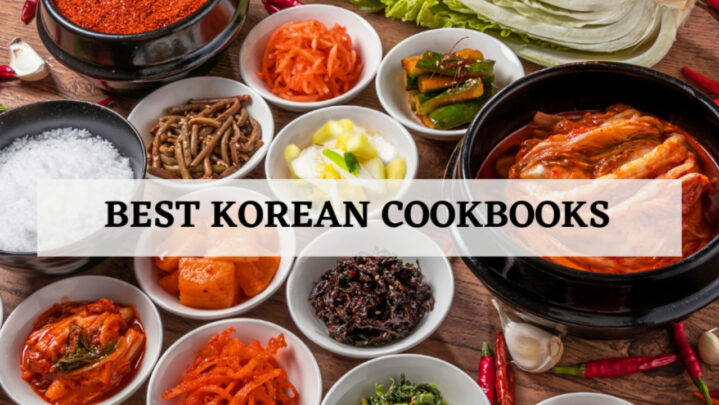The globe has been swept up in the Korean wave. Everything from Korean television programs to comic novels to music to the MUKBANG has taken off internationally.
Mukbang, commonly referred to as an eating show, is an online audiovisual broadcast in which a presenter interacts with the audience while consuming varying amounts of food. It first gained popularity in South Korea in 2010 and has since spread around the world.
Mukbang has unquestionably grown to be the most well-liked “Korean” thing in the whole world, including India. Korean food is rapidly gaining popularity across the nation. Here are 5 Korean cookbooks that any fan of K-food should read in light of this.
1. ‘Vegetarian Dishes from My Korean Home’ by Shin Kim
The 30 vegetarian Korean meals in this cookbook are straightforward, nutritious, and savory (25 of them can be converted to vegan). Each recipe also comes with a picture. It is a manual for learning about traditional Korean cuisine, which boldly places veggies at the forefront.
2.’Maangchi’s Big Book of Korean Cooking’ by Maangchi
Even people who have never cooked Korean food before may learn fundamental skills and step-by-step recipes from beloved YouTuber Maangchi in this book. The recipes in the book range from bulgogi and bibimbap to Korean BBQ and fried chicken, which Maangchi has honed over the years.
3.’Korean Home Cooking’ by Sohui Kim
The focus of the novel is “sohnmat,” a Korean word that loosely translates as “taste of the hand.” The readers won’t run out of new lunch or supper ideas with over 100 dishes, including crisp mung bean pancakes, seaweed soup, and spicy chicken stew!
4.’Koreatown’ by Deuki Hong & Matt Rodbard
Through anecdotes, interviews, and more than 100 delectable, yet approachable recipes, the authors show us the history behind the association between Koreatowns and mealtime feasts, and late-night hangouts throughout the United States.
5.’The Korean Vegan Cookbook’ by Joanne Lee Molinaro
In her first cookbook, she offers a selection of her favorite Korean recipes, some of which are traditional and others that are modernized. She also includes moving narrative vignettes that have impacted her family’s past.
Also Read: 5 Lies Employers Tell Workers And How To Catch Them





